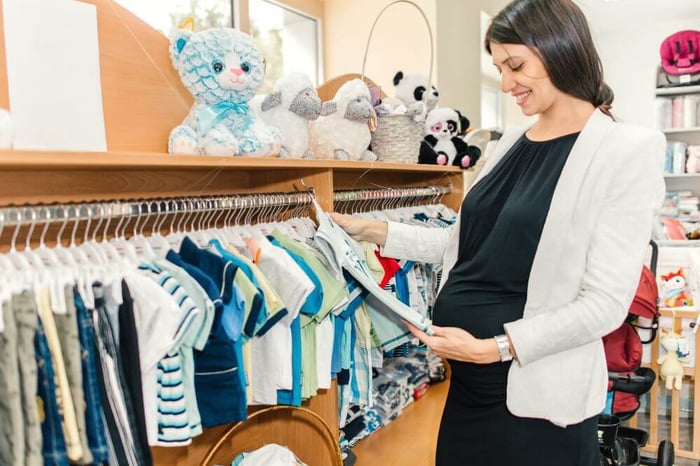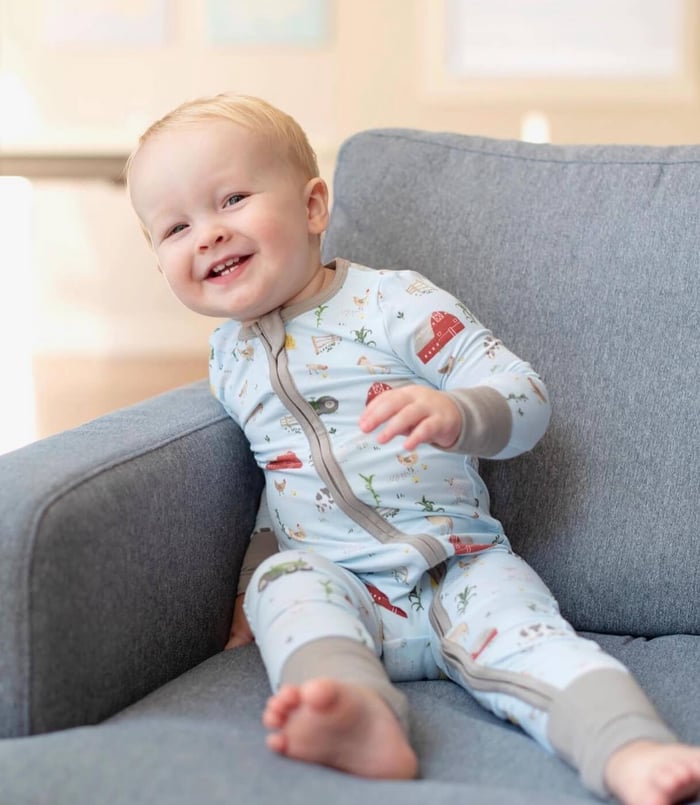Raising a human child poses the greatest challenge compared to nurturing offspring of other species on Earth. They are challenging to raise and take longer to grow - it is like an eternal job. The beginning is the most difficult, as learning their language and problems when crying is impossible. Sleep, too, becomes a puzzle as parents fail to figure out why their child is inconsolable. The paramount question for parents remains: How to put a baby to sleep in 40 seconds?
The answer varies for each baby, but a few universally effective techniques have been identified through careful observation and exploration. These methods are simple to implement and yield miraculous results. Continue reading to disclose these fantastic tips that can swiftly lull your little one into a peaceful slumber.
Tips to Get Your Infant to Sleep in Less Than a Minute

Sure, every baby is different, and the time it takes them to fall asleep using these tricks may vary. But if you're a parent looking for tips to help your baby sleep better, try these tested tricks.
Create the Perfect Sleep Environment
Transforming your baby's sleep space into a cozy haven is key. Place careful attention on their clothes. Newborns are most comfortable in one-piece outfits and rompers because they feel secure and relaxed in these outfits.
Ensure the room is comfortably cool, dark, and free from distracting noises. Use blackout curtains to block out excess light, creating a soothing atmosphere for your little one.
Master the Art of Swaddling
Swaddling is a game-changer. It mimics the secure feeling of being in the womb and helps prevent the startle reflex from waking your baby. Grab a soft fabric swaddle to ensure your kid cannot face discomfort.
Wrap them snugly but not too tight – you want them to feel cozy, not constricted.
The Renowned Tissue Trick
The renowned tissue trick for soothing infants to sleep involves gently caressing the baby's face with soft tissue. The delicate touch mimics the comforting sensation of a parent's hand, creating a sense of security for the little one. This technique capitalizes on the soothing power of touch and the soft texture of the tissue, providing a gentle and calming experience for the infant. The tissue trick has become a cherished go-to for many parents seeking a peaceful, nurturing way to ease their infants into serene sleep.
Establish a Consistent Bedtime Routine
Babies thrive on routine, and a consistent bedtime routine signals them it's time to wind down. Whether it's a warm bath, a gentle lullaby, or a few minutes of quiet cuddles, create a sequence that works for you and stick to it.
Most mothers put their babies to sleep after bathing them. No matter the time, this moment is perfect for putting the little flower to sleep. Use the baby bedding collection, which includes several accessories that create a tranquil ambiance for your toddler's sweet sleep.
Perfect the Gentle Rock
Rocking your baby is an age-old technique, but the key is to keep it gentle. Hold your baby securely and sway softly from side to side. This rhythmic motion is incredibly soothing and will have your little one nodding off before you know it.
Utilize White Noise
White noise refers to a sound resembling what a baby experiences inside the mother's womb, providing a familiar and soothing ambiance that facilitates easy sleep.
White noise, such as a fan or a purpose-built machine, can drown out ambient sounds and create a consistent background hum that lulls your baby to sleep. It's a simple yet practical addition to your sleep arsenal.
Embrace the Power of a Pacifier
A pacifier can work wonders when it comes to soothing a fussy baby. While the pacifier holds unparalleled soothing capabilities, some parents express concerns about its potential impact on their baby's jaw development, possibly leading to the need for braces later on. This concern is particularly valid if the pacifier is consistently used throughout the day.
To mitigate potential dental issues, it is recommended to restrict pacifier use to specific situations, such as promoting sleep or calming the baby, rather than employing it continuously. Sucking on a pacifier can be a comforting and self-soothing activity for your little one, helping them drift off peacefully.
Optimize Feeding Time
Use this to your advantage if your baby tends to doze off during feedings. Ensure they're well-fed before sleep, creating a content and sleepy atmosphere. However, be cautious not to overfeed, as this can lead to discomfort. They might wake up because of nausea, which will not just rage them but it will also dirty their sleep space. Nobody would ever want that.
Utilize Scent therapy
Gentle fragrances such as lavender or chamomile can instantly soothe and induce sleep in babies. Utilize a diffuser or position a cloth with a few drops of baby-safe essential oil close to the crib for this calming effect. Additionally, applying baby lotion before bedtime can create a calming impact on your baby's skin, fostering a sense of relaxation and sleepiness as part of a soothing nighttime routine.
Master the Transfer
Babies display subtle signals, such as rubbing their eyes or yawning, when it's time for sleep. Recognizing and responding promptly to these cues can enhance the bedtime routine. Once the baby sleeps, the need to transfer the baby to the crib arises. Moving a sleeping baby in pajamas to the crib demands skill. Gently slide your hand beneath their back and head, lift them carefully, and place them down with minimal disturbance to maintain security during the transfer.
The Bottom Line
After reading this guide, you might know how to put a baby to sleep in 40 seconds. Ensuring a baby sleeps peacefully means recognizing their cues and using various methods. As parents navigate this, they play a vital role in guiding their infants to a calm sleep. Understanding signals and responding appropriately significantly contributes to making the challenging responsibilities of childcare more manageable. By creating a peaceful bedtime routine, parents establish a soothing environment for their little ones, fostering restful sleep and a more comfortable caregiving experience.








































